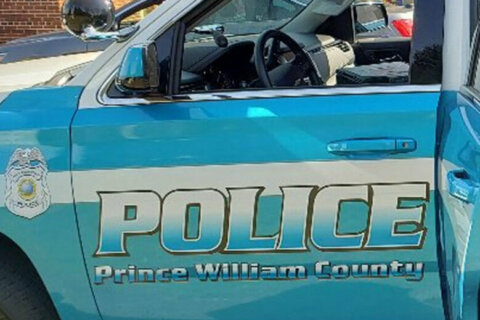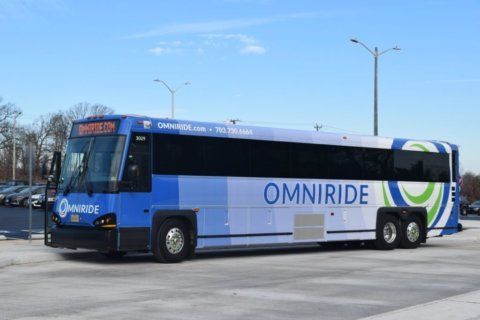At a time when cellphones are turning land lines into relics of the past, 911 technology is finally catching up to modern forms of communicating. And for one man in Virginia’s Prince William County it happened just in time.
Back on April 6, Virginia’s second largest started using a new program called Rapid SOS, which helps dispatchers pinpoint the location of a 911 call coming from a cellphone. It was used that day when Jeremy Schmeltzer had an asthma attack. His inhaler didn’t help, and neither did his nebulizer.
In audio released by the county from his 911 call, you can hear dispatcher Jeanette Watson asking him questions. Schmeltzer could barely get out single syllables of words like “yes” and “breathe.”
Even a year ago, the technology that used to be available would have only gotten paramedics to an area within about 50 meters of Schmeltzer — about half the size of a football field.
Think of how many different townhouses can be built in that much space, and then think about how long it could take to find the right door to knock on while someone can’t breathe.
But the Rapid SOS technology is helping dispatchers plug a cellphone number into the program and pinpoint the exact location from which the call came, since the program is embedded with IOS and Android operating systems.
“I could say a thank you a million times but there’s nothing to really show how appreciative I am,” said Schmletzer, who appeared in a video the county put out touting the technology. “Without the technology, I mean, I wouldn’t be here.”
The technology is used by most dispatch locations around the area, and it’s critical since more than half of all 911 calls are made from cellphones. In fact, in Prince William County about 85% of all 911 calls made to dispatchers are dialed from cellphones.
“We are always looking for ways to enhance service to the residents of the county,” Prince William County’s Public Safety Communications Director Eddie Reyes said in a statement. “Real-time location accuracy technology is the latest improvement we’ve made, and we’ve proven that it is absolutely critical to have in this day and age to help save lives.”
He said in Schmeltzer’s case, “We went from the haystack to finding the needle at the bottom, and literally saving his life at the end of that call for service.”
The county said that Schmeltzer’s asthma was quickly brought under control by paramedics, and a few weeks later he was able to meet with the dispatcher who helped save his life that day.








